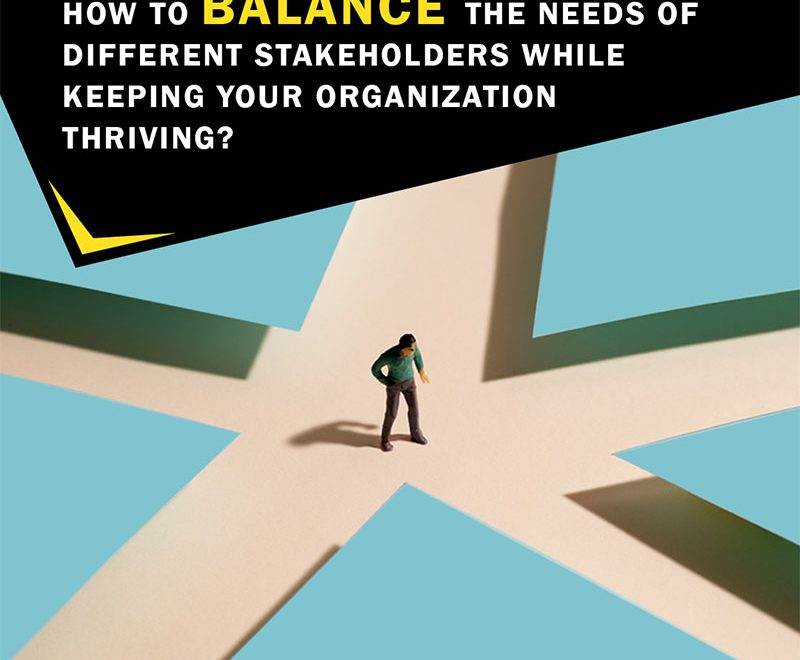Balancing Approachability and Authority
Leadership, one of the essential components of any organization, often brings with it a challenging balancing act: maintaining authority while remaining approachable. The question that arises is – How can one strike the right balance? The answer lies in a few key concepts.
Often, people view leadership strictly through the lens of authority. However, it is crucial to remember that an organizational chart may provide you with authority, but it’s your team members who essentially authenticate this authority through respect. When your team respects you, they listen to you and are more likely to follow your guidance.
Climbing the corporate ladder often brings shifts in relationships. If you have been promoted from a frontline position or a non-supervisor role, it can be challenging to maintain the same kind of relationships you had before your promotion. Friendships at work are important, but when you ascend to a leadership position, these relationships may evolve. Being open to such changes and willing to communicate about them is critical.
Being a leader also requires maintaining a certain level of professional distance. It is essential to remember that your team members value your presence and undivided attention. So when your team members seek your guidance, give them your undivided attention. Don’t get distracted or try to multitask; instead, make good eye contact and be present. When you respect the time and effort your team members are putting into discussing something with you, they’re more likely to appreciate and respect you in return.
Last but not least, leadership calls for vulnerability. This may seem counterintuitive at first, but showing your human side can enhance your leadership. If you don’t know something, admit it. If you make a mistake, own it. If something’s worrying you, it’s okay to talk about it, without making people feel uneasy about the organization’s direction. Showing your team that you, too, are human can help you maintain approachability while also preserving the necessary authority.
In conclusion, maintaining the balance between being approachable and authoritative as a leader is all about respect, communication, presence, and vulnerability. Keep these principles in mind, and you’ll be on your way to becoming an effective leader. Remember, leadership isn’t about showing power; it’s about gaining respect and leading with empathy.







